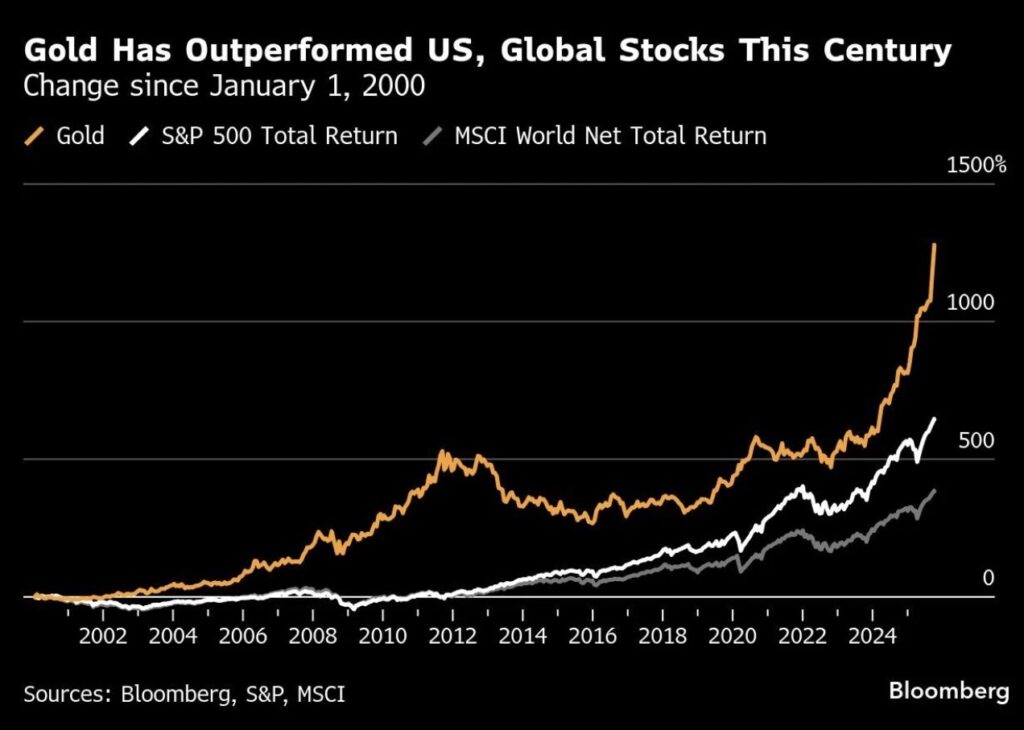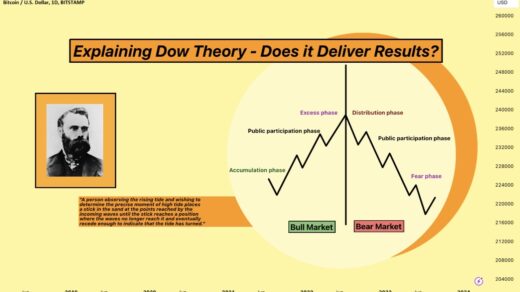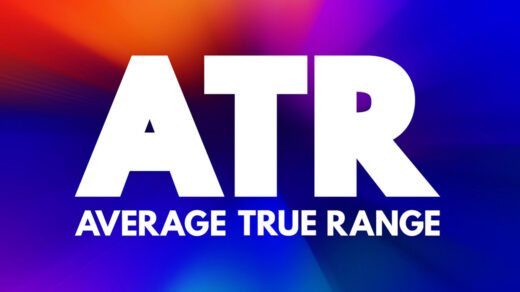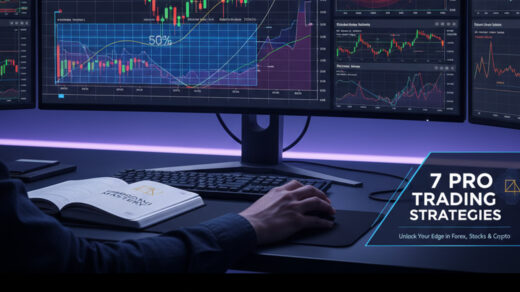Why 2025 Is a Historic Year for Gold
Gold has been the standout asset of 2025. Prices have surged over 50% year-to-date, marking the strongest rally since the 1970s. With spot gold recently hitting $4,059 per ounce, investors are asking: Is it time to buy gold?
The answer requires more than hype—it demands a closer look at the market drivers and lessons from one of the most successful gold investors in history: John Paulson, the hedge fund titan who once made $15 billion betting against the U.S. housing market.
Five Key Catalysts Behind Gold’s Record Surge
Analysts agree that gold’s latest bull run has been fueled by a mix of macro risks and safe-haven demand. The five primary drivers are:
1. Rising Policy and Macro Uncertainty
Aggressive U.S. policies and global trade disruptions have created unpredictability. When political risks rise, investors hedge with gold.
Logic: Political instability ↑ → Policy predictability ↓ → Risk aversion ↑ → Gold demand ↑
2. A Weaker U.S. Dollar
The dollar has dropped nearly 10% in recent months. Since gold is priced in dollars, a weaker greenback makes gold more attractive globally.
Logic: Dollar ↓ → Lower cost for global buyers → Gold price ↑
3. Fear Trade & Safe-Haven Psychology
Gold is tangible. In uncertain times, investors prefer assets they can hold, unlike paper assets such as stocks or bonds.
Logic: Fear ↑ → Demand for tangible assets ↑ → Gold buying ↑
4. Diversification and Portfolio Hedging
Even with equities at record highs, institutional and retail investors are diversifying into gold as a hedge against concentrated risks.
Logic: Stocks ↑ but risks ↑ → Hedge demand ↑ → Gold inflows ↑
5. Inflation Concerns & Bullish Price Forecasts
Despite cooling inflation data, expectations are rising. Goldman Sachs projects gold could hit $4,900 by 2026, fueling self-reinforcing bullish momentum.
Logic: Inflation fears + bullish forecasts → Speculative flows ↑ → Gold price ↑
John Paulson’s Gold Strategy
Paulson became a gold believer after his massive housing short in 2007. Between 2009–2011, he earned $3.1 billionfrom a $5 billion gold bet, when gold peaked at $1,917/oz.
In 2025, Paulson forecasted gold at $5,000 by 2028 and invested nearly $1 billion in mining companies. According to The Wall Street Journal, his fund holds about $840 million in mining equities, many of which have gained 30%+ this year.
Key elements of his approach:
- Prefers mining stocks and derivatives over physical gold
- Focuses on miners in stable regions (esp. North America)
- Leverages rising gold prices to magnify mining company profits
How Traders Can Apply Paulson’s Rules
Paulson’s strategy isn’t just about being bullish—it’s about discipline.
1. Read Economic Signals
- Track central bank buying, policy shifts, and macro drivers
- Gold often rises when central banks diversify reserves
2. Manage Risk Like a Pro
- Adjust position size with volatility (e.g., ATR-based sizing)
- Diversify across instruments and regions
- Hedge with options/futures when necessary
3. Perfect Timing with Fundamentals + Technicals
- Combine macro analysis with price momentum
- Enter positions gradually to avoid slippage
- Use RSI, Bollinger Bands, and multi-timeframe analysis
4. Position Sizing Matters
- Risk only 1–2% of capital per trade
- Adjust lot sizes to volatility
- Example: $10,000 account, 1% risk, 50-pip stop ≈ 2 mini lots (illustrative)
Modern Tools to Trade Gold
Today’s traders don’t need to buy physical gold to benefit. Options include:
- Gold ETFs (e.g., GLD)
- Futures contracts
- Mining stocks
- CFDs (Contracts for Difference) with brokers like ATFX, covering gold (XAU/USD), silver (XAG/USD), platinum (XPT/USD), and palladium (XPD/USD).
CFDs allow traders to speculate on price moves without owning the metal, offering flexibility and leverage under regulated platforms (FCA, ASIC).
Is Now the Time to Invest in Gold?
Gold has doubled from $2,000 to $4,059 in just two years, outperforming equities with a 1,200% return since 2000. Demand is rising as U.S. debt concerns and monetary easing drive safe-haven flows.

But risks remain:
- Rate hikes could pressure gold
- Reduced geopolitical risk may trigger corrections
For investors, the takeaway is clear:
- Gold remains a critical hedge
- Multiple instruments (ETFs, CFDs, mining stocks) allow flexibility
- Discipline and risk control matter more than direction
Final Thoughts
John Paulson’s billion-dollar bet is not simply a wager on gold’s price—it’s a case study in disciplined strategy. For traders, the lesson is timeless: focus on risk management, timing, and diversification.
👉 Whether through physical bullion, ETFs, or CFDs, gold can remain a cornerstone in modern portfolios.




